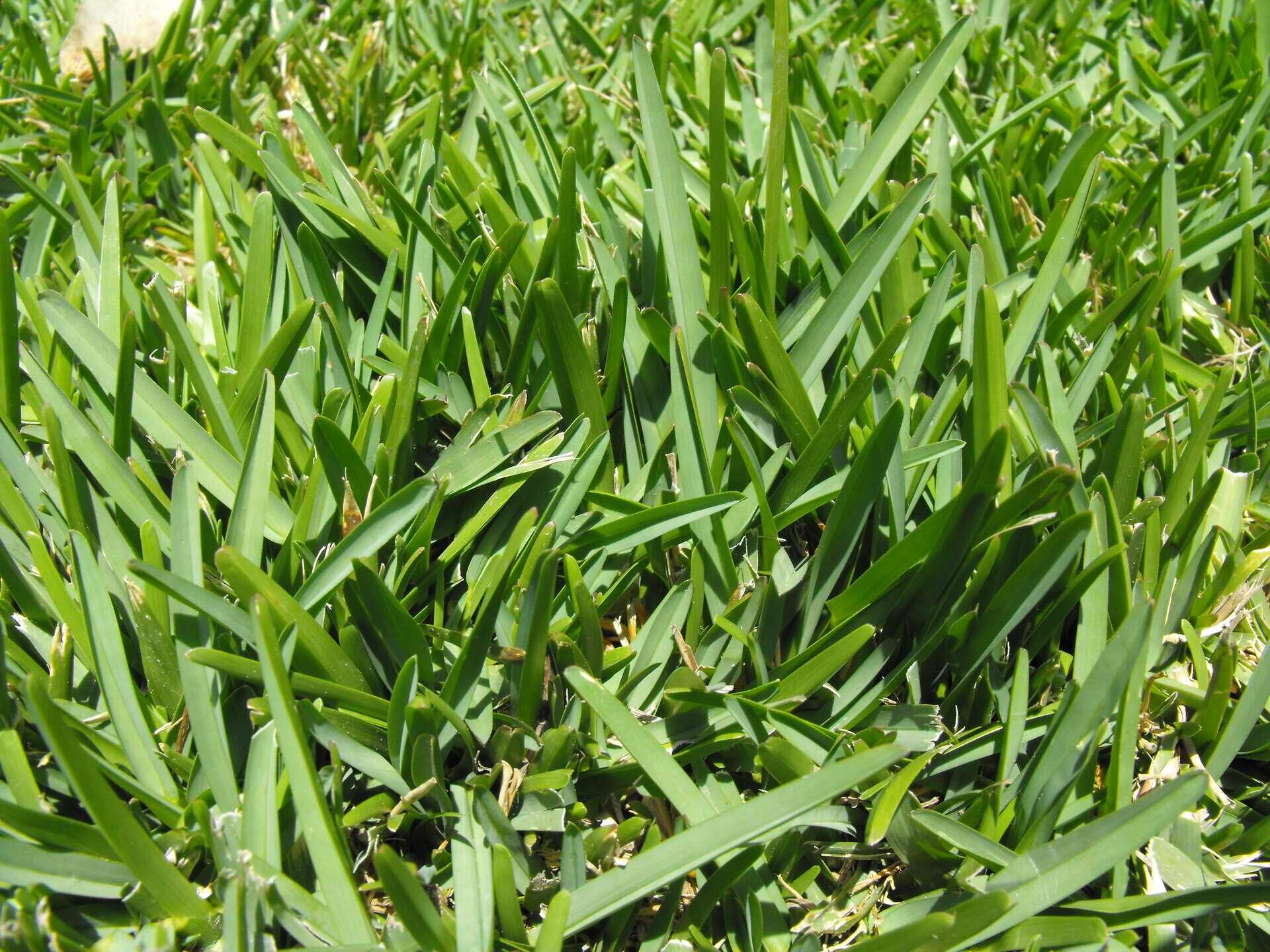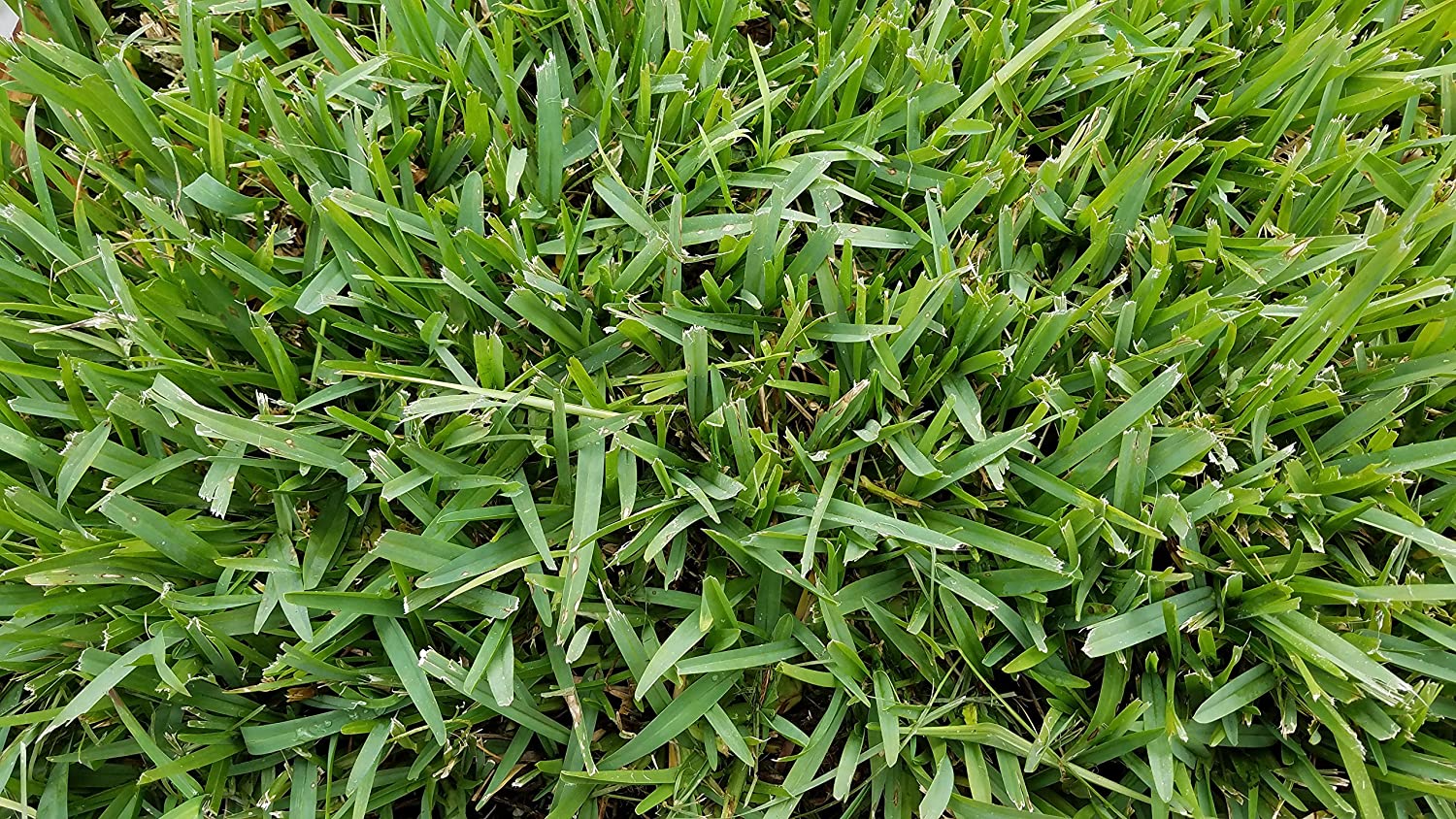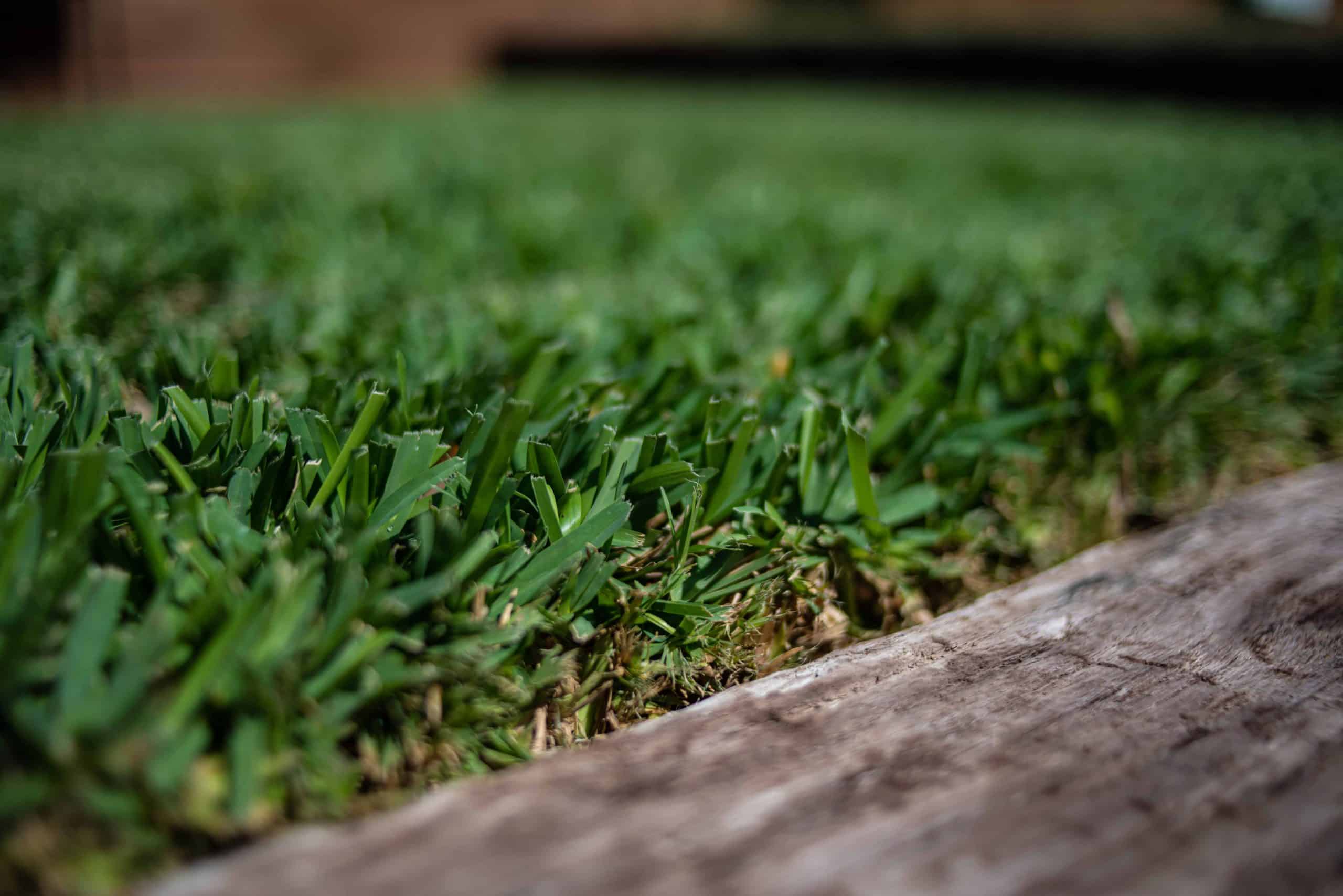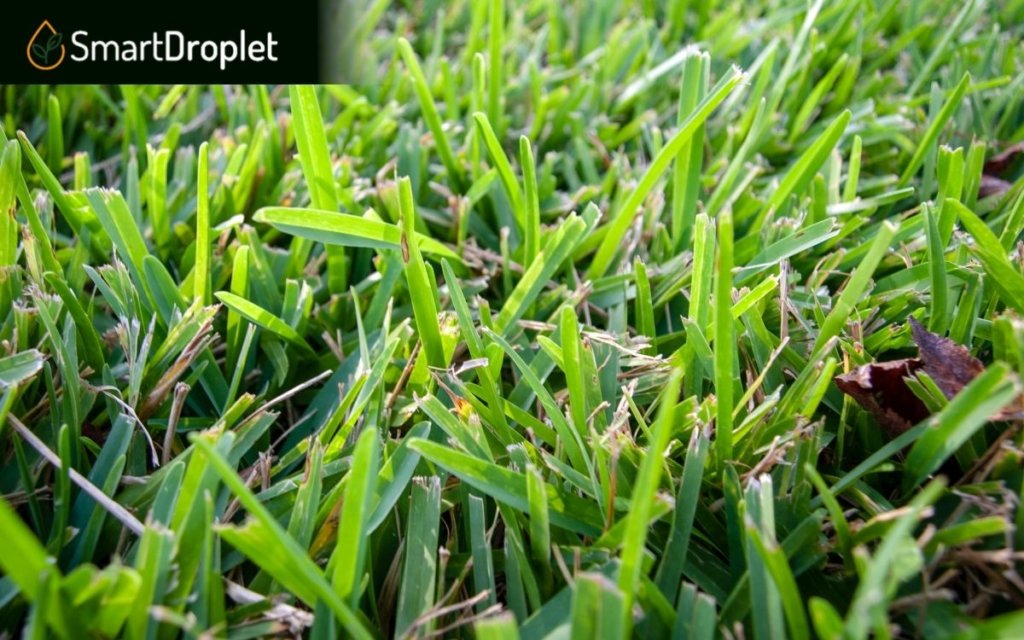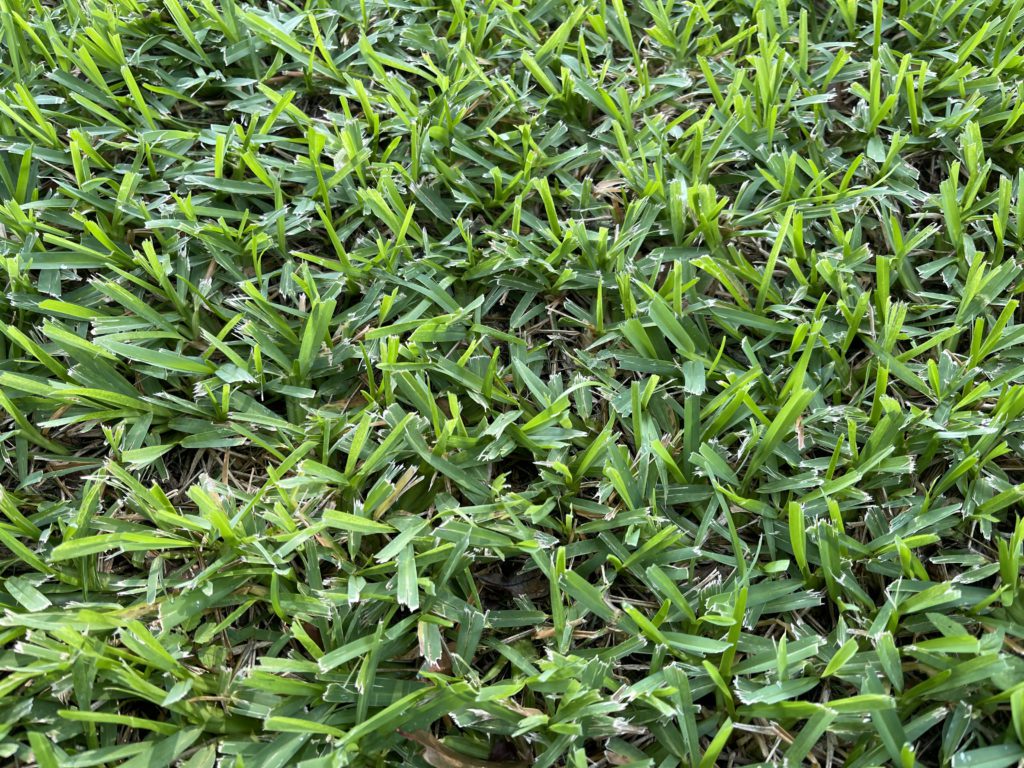St Augustine Grass Seed San Antonio
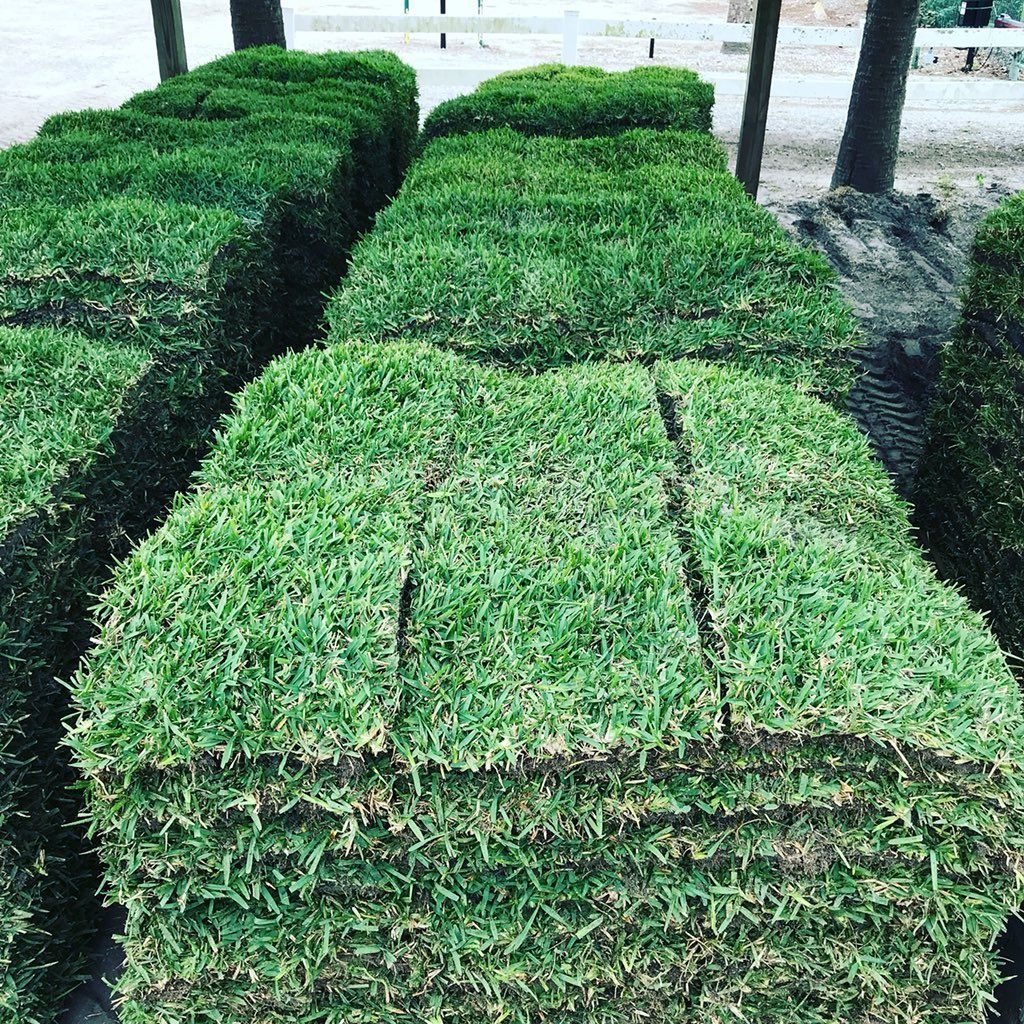
San Antonio homeowners seeking to revitalize their lawns with St. Augustine grass seed face a persistent challenge: finding it. Unlike some other grass varieties, commercially viable St. Augustine grass seed remains largely unavailable, prompting many to seek alternative solutions for lawn establishment and repair.
The limited availability of St. Augustine seed stems from its biological characteristics. While other grasses readily reproduce via seed, St. Augustine primarily propagates through stolons, or above-ground runners. This inherent characteristic significantly impacts the way homeowners in San Antonio and beyond must approach lawn care.
The Seed Myth: Understanding St. Augustine Propagation
The misconception that St. Augustine seed is readily available often leads to frustration. Many online retailers and even some local stores might inadvertently advertise "St. Augustine seed," which are often mislabeled products containing other grass types. Consumers should be aware that true St. Augustine propagation relies mainly on vegetative methods.
Vegetative propagation involves using existing plant parts to grow new plants. The most common methods include sodding (laying down pre-grown grass), plugging (planting small sections of grass), and sprigging (planting individual runners). These methods directly transplant established grass, ensuring the new lawn is genetically identical to the parent plant.
Alternatives to Seed in San Antonio
With seed largely off the table, San Antonio homeowners have several options. Sodding provides the most immediate and uniform result, creating an instant lawn. However, it is also the most expensive option, reflecting the labor and resources required to grow, harvest, and install the sod.
Plugging offers a more economical alternative. This involves planting small plugs of St. Augustine grass at regular intervals, allowing them to spread and fill in the gaps over time. While cheaper than sodding, it requires more patience and consistent watering.
Sprigging is the least expensive but also the most labor-intensive method. It involves scattering individual stolons across prepared soil. Sprigging requires diligent watering and weed control to ensure successful establishment.
Expert Advice for San Antonio Lawns
Local nurseries and lawn care professionals in San Antonio emphasize the importance of proper preparation regardless of the chosen method. Soil testing is crucial to determine nutrient deficiencies and pH imbalances. Addressing these issues before planting ensures optimal grass growth.
Water management is also paramount. St. Augustine grass needs consistent moisture, especially during establishment. San Antonio's hot summers require diligent watering, but overwatering can lead to fungal diseases.
Choosing the right variety of St. Augustine for San Antonio's climate is also important. Some varieties are more drought-tolerant or shade-tolerant than others. Consulting with local experts can help homeowners select the best option for their specific needs.
The Future of St. Augustine Grass
While commercially viable seed remains elusive, research into St. Augustine genetics continues. Scientists are exploring the possibility of developing seed-producing varieties. This could revolutionize the way lawns are established, making it easier and more affordable for homeowners.
For now, San Antonio residents looking to achieve a lush St. Augustine lawn must rely on the proven methods of sodding, plugging, or sprigging. Understanding the limitations of seed and embracing these alternative approaches is key to success.
Ultimately, a healthy and vibrant St. Augustine lawn is attainable with careful planning, proper preparation, and ongoing maintenance. By consulting with local experts and embracing the available propagation methods, San Antonio homeowners can enjoy the beauty and benefits of this popular grass variety.
